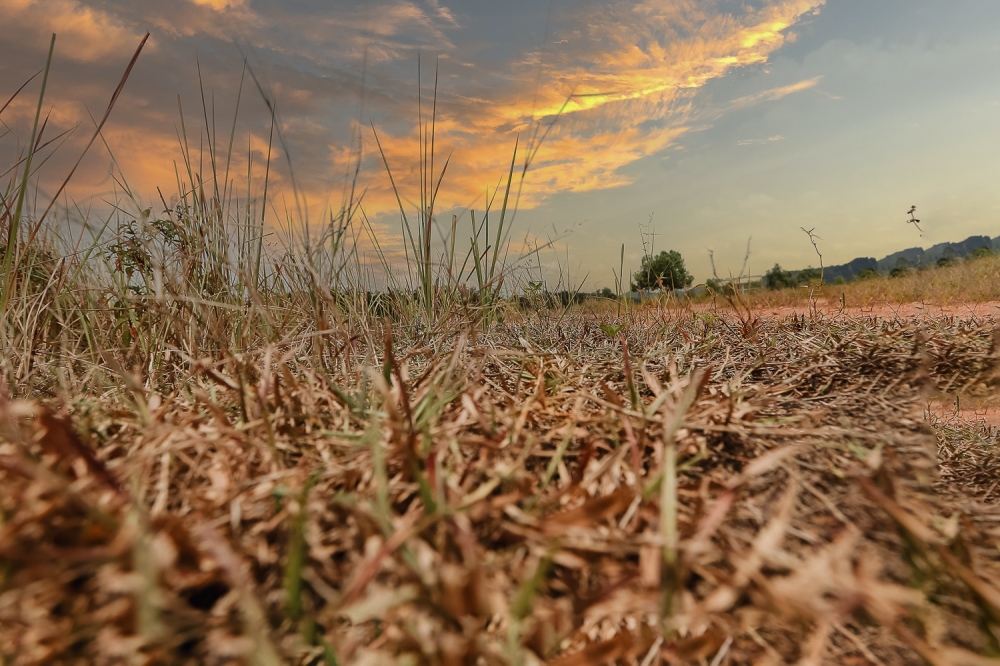KUALA LUMPUR, June 20 — You’re enjoying a bowl of cendol under a large angsana tree. The sun is at its peak, with temperatures reaching 33°Celsius.
Yet, in the shade, the air feels cooler, and you feel at ease despite the blazing rays.
As the planet warms, especially in countries of the Global South, the presence of trees in dense urban areas can mean the difference between life and death.
Heatwaves have killed scores of people in the last five years and hospitalised hundreds as temperatures reached record highs.
Between 2023 and 2024 alone, heat caused by the El Niño cycle claimed five lives, according to the Khazanah Research Institute.
Its researchers have predicted a rise in heat-related illnesses in the coming years.
How cities are built exacerbates the crisis.
Urban centres, constructed with heat-trapping materials, create a phenomenon called the urban heat island (UHI) effect, where cities experience significantly warmer temperatures than surrounding rural areas, especially at night.
Evapotranspiration: How trees act as natural air conditioners
Trees are the most cost-effective solution to counter heatwaves, although more public education is needed, said Associate Professor Ts Dr Sreetheran Maruthaveeran, a Certified Arborist and Senior Lecturer in Landscape Architecture at Universiti Putra Malaysia (UPM).
“Trees enhance the microclimate of an area through the process of transpiration. During this process, trees release water in the form of vapour primarily through their leaves’ stomata, as well as via evaporation from surfaces like leaves, flowers, and stems,” he explained.
“As water evaporates during transpiration, it absorbs heat from the surrounding environment, leading to a cooling effect. This is particularly noticeable under tree canopies, where transpiration significantly reduces air temperature.”
In cities, this transpiration helps mitigate the UHI effect by cooling the air and increasing humidity, making urban environments more liveable and comfortable.
If it’s shady, it’s cooler
The UHI effect is caused by several factors, including urban construction materials that trap heat and reflect less light than natural ground cover.
Hard surfaces like concrete and asphalt contribute to higher temperatures by reflecting less radiation back into the atmosphere.
Tree canopies provide shade that blocks direct sunlight from heating these surfaces, effectively preventing heat gain, said Dr Ruzana Adibah Mohd Sanusi, laboratory head at UPM’s Institute of Tropical Forestry and Agroforestry.
“Tree cover in cities can lower air temperatures by up to 8°C and land temperatures by up to 12°C,” she said.
“Trees help keep cities cool by blocking direct sunlight, reducing surface temperatures.”

So why are more trees being cut down?
Concerns are growing about trees being felled as local authorities respond hastily to incidents of fallen trees damaging roads or vehicles.
Experts say balancing preservation and harm reduction is challenging.
Increasing public awareness about the critical role of trees in urban climate mitigation has sparked calls for greater protection, particularly of older trees.
However, this often clashes with city councils’ safety-first policies, which sometimes result in excessive tree removal.
Sreetheran noted that city councils are actively involved in tree preservation and public education, but improvements are needed.
One major issue is the shortage of arborists, which hampers effective tree management.
“It’s timely for city or town councils to train more officers in arboriculture or urban forestry,” he said, adding that courses by the Malaysian Society of Arborists (PArM) could help.
“These courses cover tree biology, maintenance, pest and disease management, pruning, and other relevant topics.”
Public awareness is also key.
Ruzana said city dwellers can act as safeguards against indiscriminate or illegal tree felling, but public understanding of trees’ importance to urban ecosystems remains low.
“The public must understand the importance of trees and act as oversight to help preserve them,” she said.
Are there regulations governing the cutting down of trees?
Local governments often enforce rules for tree cutting under the Tree Preservation Order (TPO), enacted through the Town and Country Planning Act 1976 (Act 172).
The TPO is meant to protect trees from being felled, damaged, or uprooted without permission from local planning authorities.
Sreetheran explained that the TPO prohibits cutting trees with a girth exceeding 0.8 metres, as well as those with significant aesthetic, historical, or ecological value, regardless of size.
Violations can result in fines of up to RM100,000 or imprisonment of up to six months.
However, activists and residents argue that enforcement of the TPO is lacking, with inadequate mechanisms to audit local governments’ actions on trees.
This has led to allegations of indiscriminate tree cutting, even in cases where trees provide critical shade and cooling for urban areas.
“To date, Selangor, Perak, and Melaka are the only states in Peninsular Malaysia to have successfully adopted the TPO Rules in 2001, 2011, and 2017, respectively,” Sreetheran said.
He added that poor awareness and rapid development hurdles have hindered wider adoption of the TPO in Malaysia.



















